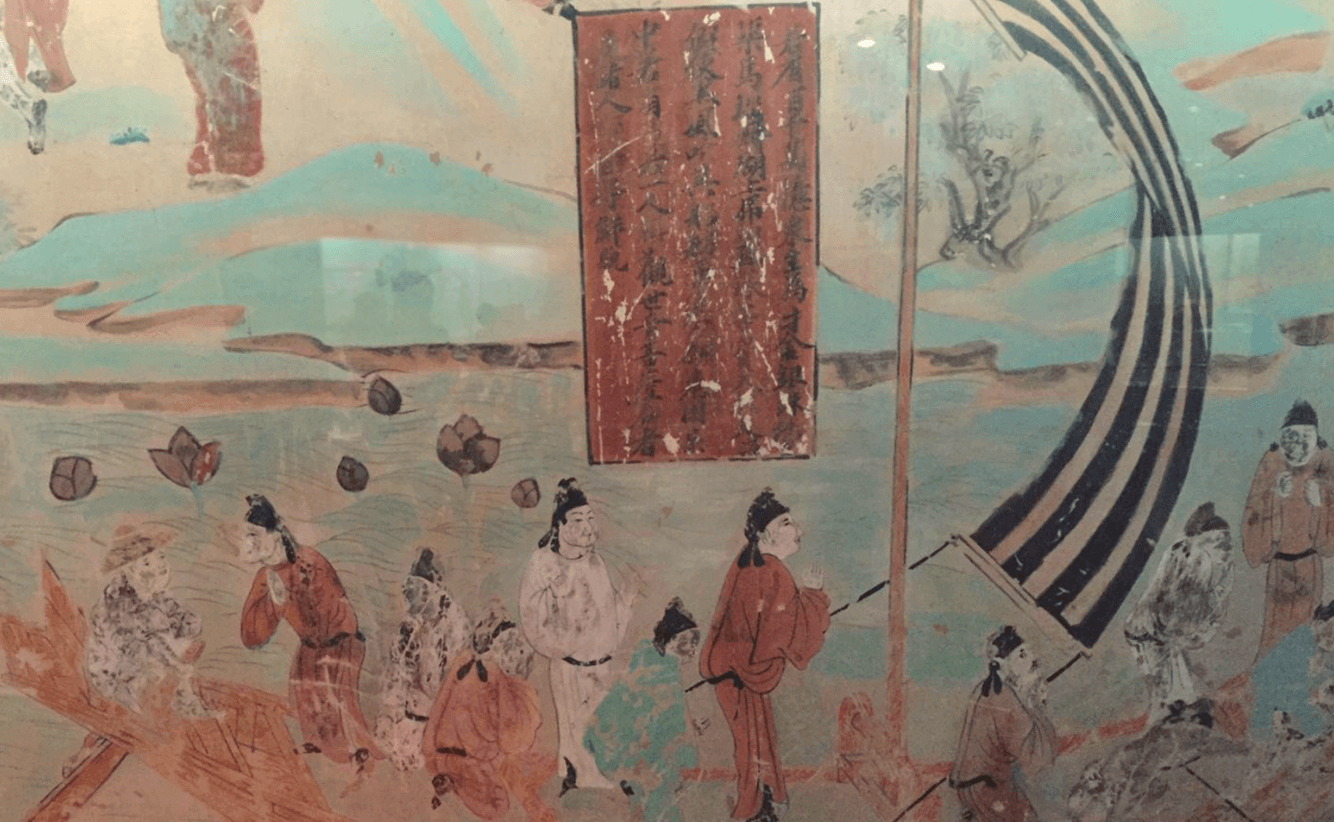联系我们
邮箱:shanghai.cga@nyu.edu
电话:+86 (21) 20595043
微信公众号:NYUShanghaiCGA
地址:
上海市浦东新区杨思西路567号
W822室

© 2024 All Rights Reserved

Henry Luce Foundation New York University Project
PI: David Luden
Co-PIs: Tansen Sen and Mark Swislocki
NYU Shanghai Research Cluster: Duane Corpis, Tzu-Hui Celina Hung, Lena Scheen, Tansen Sen
The inter-regional arena of the Indian Ocean has emerged as an important field of research in several different disciplines. While the case for integration has been strongly suggested by archaeological and historical scholarship since the early twentieth century, comparisons, connections, and conflicts across the Indian Ocean in both the colonial and contemporary periods have now featured prominently in the works of anthropologists, sociologists, political scientists, and economists. Aiming to advance this multidisciplinary research on the Indian Ocean, the “Port Cities Environments in Global Asia” project focuses on the study of ports and port cities as important sites for connections across maritime space along with their relevant hinterlands.
The study of seaport environments provides fertile ground for collaborative endeavors among different disciplines. Travels on the monsoon between countless linked ports around the Indian Ocean and western Pacific formed spaces of mobility connecting East Asia with Southeast, South, and West Asia from ancient times. Seaborne mobility by migrants, merchants, warriors, and cultural agents shaped all of Asia for many centuries before the presence of Europeans and the launching of a global modernity. Subsequently, modern industrial infrastructure—railways, steamships, and deep-sea ports—privileged strategic coastal cities in a world of empires, with each new technology increasing its prominence in the world of nations and turning select port cities into airline hubs and financial capitals.
The ports of the Indian Ocean thus inhabit environments on many spatio-temporal scales: their natural and social ecologies are local; their archaeological remains provide evidence of maritime connections over long distances; they are hubs for the development of coastal regions; they are transcontinental innovators in the arts, architecture, cuisine, and technology; and they serve as laboratories for urban planning and conduits of mobility. They also house vast populations and concentrate generations of invested wealth facing the stormy winds and seas of global climate change. The research clusters proposed under this project will address several of these topics and consider new ways of conceptualizing historical and contemporary connections across the Indian Ocean world. The aim of the project is also to build institutional collaboration, not only among the NYU campuses, but also with several partner institutions, and to disseminate research outcomes through curricular development, as well as conferences, workshops, and publications.
Within the larger project, the NYU Shanghai research cluster will focus on circulation among port cities across the Indian Ocean, the links between port cities and their hinterlands, and the internal compositions as well as socio-cultural and politico-economic dynamics within port cities. “(Trans)ports”—these special places-cum-people—are regarded as “hubs”, i.e., as highly connected nodes of convergence, entanglement, and divergence in the global streams of human beings, animals, plants, finance, ideas, and other matters. The aim is to examine the mobile and multifaceted connections, networks, circulations, and routes of exchange that flow within the life worlds of port cities and beyond, into their immediate hinterlands or even more distant localities. This research cluster aims to demonstrate that port cities are not only market places but also sites for the incubation and transmission of new ideas, values, habits, cuisines, religions, technologies, and medical knowledge into their hinterlands, as well as across the seas.
Members of this research cluster, each focusing on different port cities of the Indian Ocean using interdisciplinary perspectives, will address several issues in order to understand the internal dynamics and external entanglements of Indian Ocean port cities across time and space. How were and are the port cities governed? Are the various ethnic, occupational, and religious groups within them quasi-autonomous, or are they embedded in and subject to hegemonic and hierarchical political systems? Other important aspects in this context include the connections between ports and their hinterlands; between trading companies and fishing communities and the other social, political and/or military establishment(s) of a port city; between port residents, foreign settlers, and religious institutions; heritage-making in port cities; and the impact of individual ports on wider Indian Ocean connections.
The funding from the Henry Luce Foundation grant will reinforce the ongoing collaboration among researchers engaged in the study of the Indian Ocean at NYU Shanghai, and Martin Luther University, Halle-Wittenberg (MLU). The researchers at NYU Shanghai are affiliated to the Center for Global Asia (CGA), those at MLU to the Center for Interdisciplinary Regional Studies (Zentrum für Interdisziplinäre Regionalstudien, or ZIRS). Thanks in part to a grant from the Volkswagen Foundation, this collaborative research cluster has already developed a series of projects under the overarching theme of “(Trans)Ports”. In addition to conducting individual research, the research cluster will meet every year to discuss research findings, plan presentations at conferences, and publish their results in edited volume(s).
邮箱:shanghai.cga@nyu.edu
电话:+86 (21) 20595043
微信公众号:NYUShanghaiCGA
地址:
上海市浦东新区杨思西路567号
W822室

© 2024 All Rights Reserved